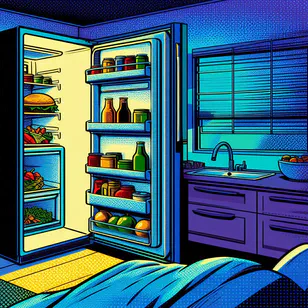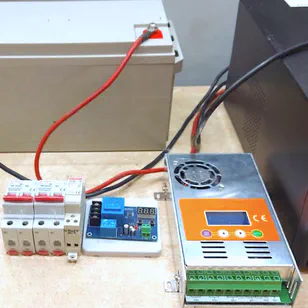Introduction
Power outages can be inconvenient and sometimes dangerous, leading many homeowners to invest in backup generators. However, a common but extremely hazardous practice has emerged: using “male-to-male” cords to connect generators to home electrical systems. This article will explain why this method is so dangerous and provide safer alternatives for powering your home during outages.
What is a Male-to-Male Cord?
A male-to-male cord, often called a “suicide cord,” has male plug ends on both sides. Some people use these to connect a generator directly to a wall outlet, believing it’s a quick and easy way to power their home during an outage.
The Dangers of Male-to-Male Cords
Using a male-to-male cord for generator connections poses severe risks:
Electrical Backfeed: When utility power is restored, it can create a dangerous backfeed through the generator, potentially causing fires or damaging equipment.
Equipment Damage: The sudden meeting of generator and utility power can destroy electrical devices, outlets, and the generator itself.
Fire Hazard: Improper connections can lead to overheating, melting wires, and potentially starting fires.
Electrocution Risk: These cords can energize supposedly “dead” lines, putting utility workers and others at risk of electrocution.
Legal Issues: Using male-to-male cords often violates electrical codes and can lead to legal problems or insurance claim denials.
Learn more about safely integrating generators with your electrical system
Real-World Consequences
A friend of mine learned these dangers the hard way. Despite warnings, he used a male-to-male cord to connect his generator. The result? A burned-out generator, damaged outlets, melted wires, and several blown circuit breakers. He was lucky to avoid a house fire.
The Safe Alternative: Transfer Switches
The proper way to connect a generator to your home’s electrical system is by using a transfer switch. Here’s why it’s better:
Safety: Transfer switches prevent backfeeding and ensure only one power source is connected at a time.
Convenience: They allow you to power essential circuits without running extension cords throughout your home.
Code Compliance: Transfer switches meet electrical code requirements and are approved by insurance companies.
Discover how to choose the right outdoor electrical enclosures for your generator setup
Installing a Transfer Switch
While professional installation is recommended, here’s a basic overview of what’s involved:
- Choose a suitable transfer switch based on your generator’s capacity and your home’s needs.
- Install the switch near your main electrical panel.
- Connect the designated circuits from your main panel to the transfer switch.
- Install a dedicated inlet for the generator connection.
- Use a proper generator cord to connect the generator to the inlet when needed.
Learn about the differences between copper and aluminum wiring for your electrical projects
Cost Considerations
The cost of a proper transfer switch setup is minimal compared to the potential damages and risks associated with male-to-male cords:
- Single-phase systems: Approximately $200
- Three-phase systems: Around $350
This includes the transfer switch, a circuit breaker, 20 meters of cable, and a high-quality plug.
Conclusion
While the temptation to use a quick fix like a male-to-male cord during a power outage is understandable, the risks far outweigh any perceived convenience. Invest in a proper transfer switch to ensure the safety of your home, family, and community during power outages. Remember, when it comes to electrical safety, there are no shortcuts worth taking.
Explore how to maintain your home’s electrical system, including generator connections
Stay safe, and always prioritize proper electrical connections in your home!




